Over 1,400 people have been killed in an attack by Hamas gunmen on kibbutz communities near the border with Gaza on 7 October.
A militant group which has been running the Gaza Strip since 2007, Hamas also fired rockets and sent fighters into Israel, killing hundreds of civilians and soldiers and taking dozens more as hostages.
The gunmen used motorcycles to storm into the kibbutz after they broke through the border wire. Several kibbutz settlements were burned, with hundreds of members killed in the attack.
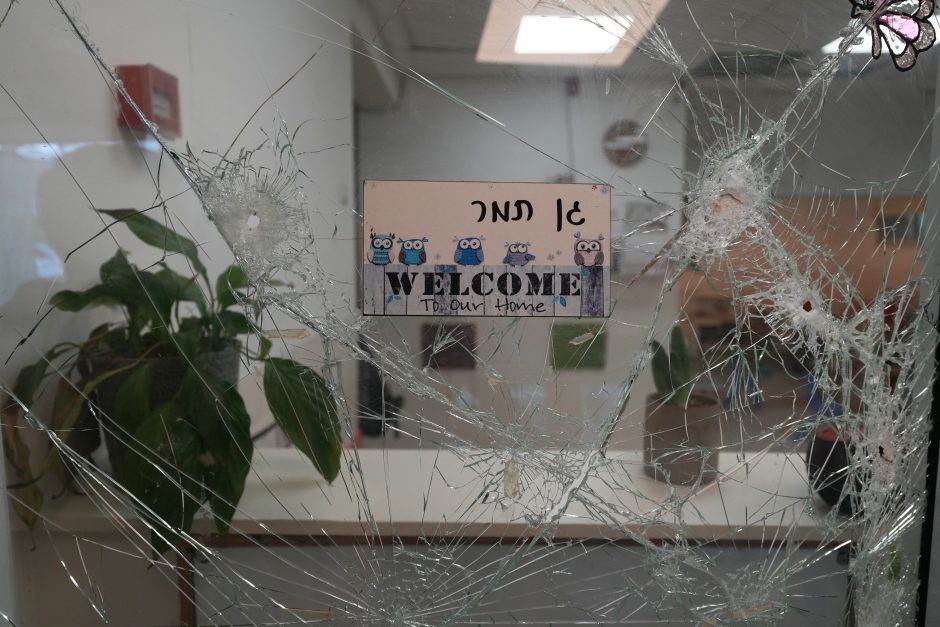
Among those targeted was the Kfar Aza kibbutz, which was taken back into control by the Israeli military on 10 October, after three days of fighting. AP journalists witnessed four civilians kidnapped from the kibbutz by Hamas on 7 October.
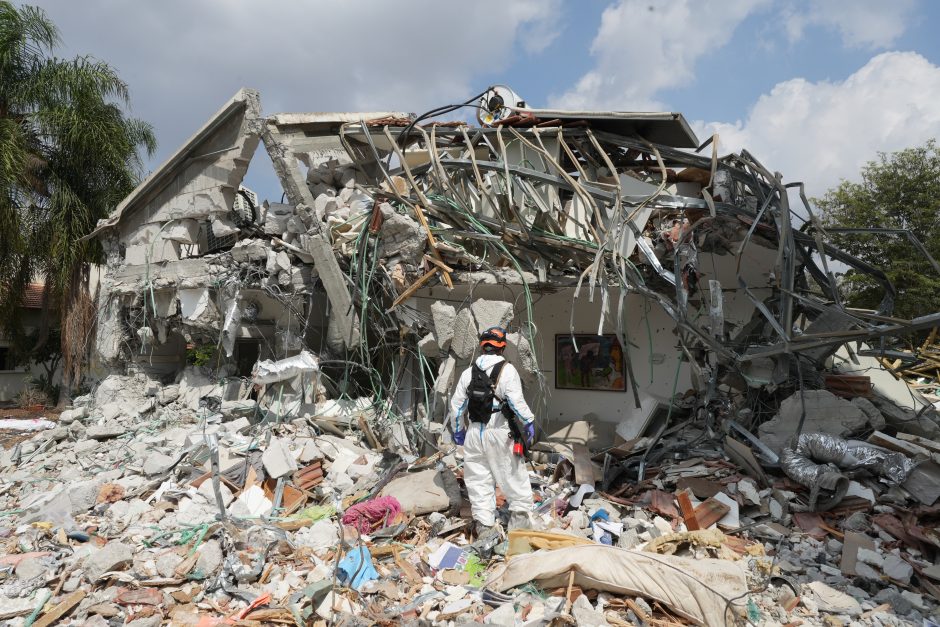
The Arab-Jewish Center for Equality, Empowerment, and Cooperation – Negev Institute for Strategies of Peace and Development (AJEEC-NISPED) has been working closely with IsraAID, an international non-governmental humanitarian aid organisation based in Israel, to support communities affected.
Founded in 1998 by the late Dr Yehudah Paz, who dedicated his life to working towards peace between Israel and Palestine, AJEEC-NISPED focuses on sustainable economic development through the formation of co-ops and social enterprises.
“Our workers are safe until now,” said AJEEC-NISPED chair Mully Dor, “but most kidnapped people are children and older people, including Holocaust survivors and women from the kibbutz co-ops.”
He added: “A large part of the 21 kibbutzim co-ops along the border will have to be rehabilitated, and agriculture and industry plants will have to be rehabilitated. Right now, there is a war. The kibbutz movement operates an emergency hotline that offers help to kibbutzim surrounding Gaza and their residents.
“The movement provides psychological support and assistance, help to the kibbutz administrations in education special needs, and assistance to essential organisations in the kibbutzim. In addition, the kibbutz co-operative movement assists in connecting to the agencies involved in locating missing people and connecting kibbutzim and residents from the front to kibbutzim and accommodation centres.”
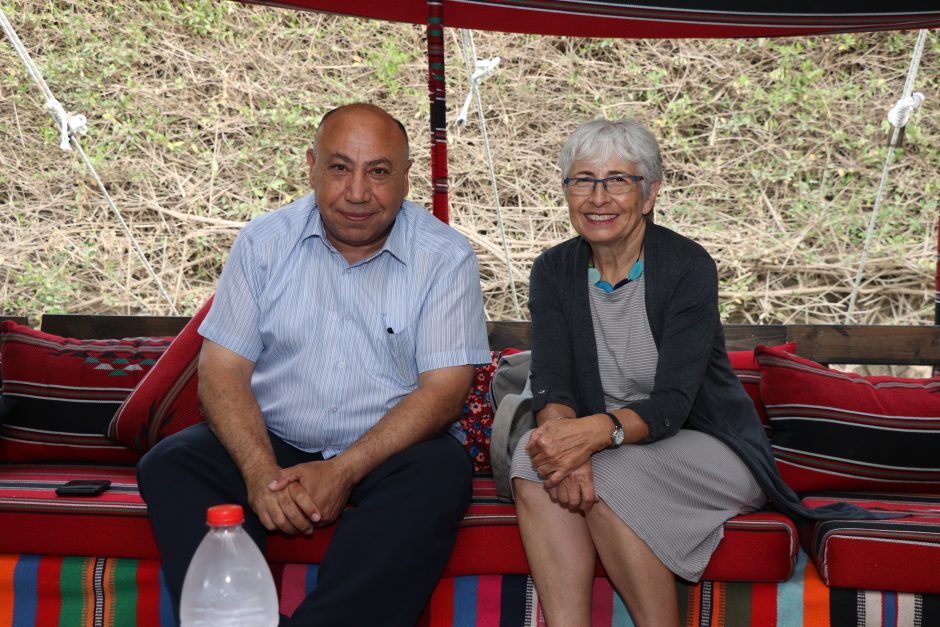
Among those feared to have been kidnapped is former AJEEC-NISPED CEO Vivian Silver, 75, from Kibbutz Beeri, described by Dor as “a great peace activist and leader of the movement Women for Peace in Israel”.
Born in Canada, she moved to Israel in 1974 and later settled at Kibbutz Be’eri with her late husband and two sons in 1990. In 1998, Silver became the executive director of the Negev Institute for Strategies of Peace and Development, a role in which she with the Arab Bedouin community in Israel and in Gaza.
Her work included driving Gaza residents in need of medical treatment, who had managed to secure exit visas, to Israeli hospitals. She is believed to have been kidnapped together with 198 older adults and children and taken to Gaza. More than 100 bodies have been found at the kibbutz following the attack.
“We are looking for friends in Gaza (whom she helped a lot) and abroad who can help find, protect, and save her,” said Dor.
Vivian’s son Yonatan Zeigan was on the phone with her when the Hamas gunmen entered the settlement. He told the BBC how they maintained communication via WhatsApp to prevent her from being heard until the gunmen entered her house. She sent messages of love following which contact was lost.
“We are in a war situation, and there are a lot of missile attacks from Gaza and Lebanon on us,” said Dor. “We are running to shelters all the time.”
AJEEC-NISPED is working with local partners in the kibbutzim co-ops communities to coordinate humanitarian efforts, focusing on mental health, protection, and urgent aid.
“In crises, when so many people have experienced traumatic and challenging events, mental health support is critical to community recovery and resilience,” said Dor.
“I have been moved by the outpouring of support inside and outside Israel. We visited shelters housing hundreds of families from the Gaza border region and the Negev. Our team met many volunteers and members of the public who came to help.”
On 10 October AJEEC-NISPED set up a situation room for the Jewish and Arab local municipalities and co-ops in the Negev. “It will coordinate responses to the residents of the villages with the Home Front Command and local authorities, as well as emotional, psychological and fundraising responses according to needs,” said Dor. “Most of the people whom Hamas murdered were children, women and elders who were members of our co-op kibbutz movement and were peace seekers.”
Kibbutz settlements are run as co-operative societies and organised on the basis of collective ownership of assets. Many of them focus on agriculture, cultivating 200,000 hectares of land.
According to The Kibbitz Movement, serving as the governing body for 257 kibbutzim scattered across Israel, a total of 20 kibbutzim and one moshav (a type of co-operative agricultural community of individual farms) were attacked on Saturday morning. Of these, it says, “six Kibbutzim were conquered by Hamas terrorists, massacring their members and their families, kidnapping and wounding many more.”
“Unfortunately, until today, not all dead were identified. At least 108 were murdered in kibbutz Be’eri. Twenty-five per cent of kibbutz Nir Oz’s population is missing: dead, kidnapped or still unknown. The death toll: 1,350 babies, children, youth, women, and men of all ages, is still expected to rise,” said Merav Niv, head of Cooperative Development at the Kibbutz Movement.
Shortly after the attacks, the Kibbutz Movement HQ established an emergency situation room, collecting information and starting to arrange and coordinate immediate support for the sieged communities, some of which were still under heavy fire on Sunday.
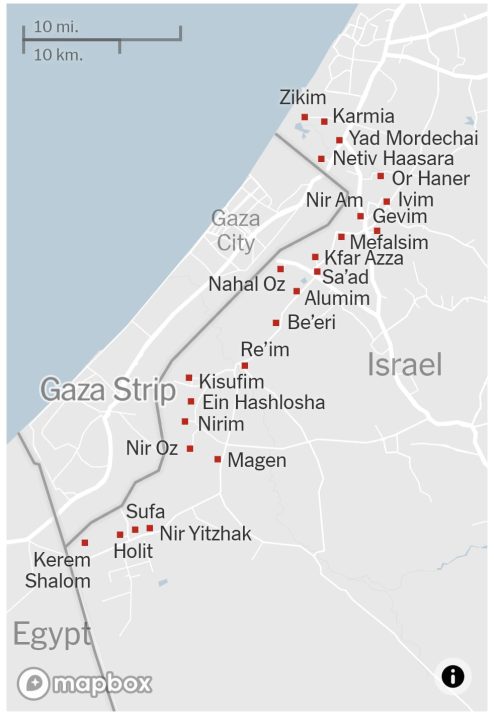
The Kibbutz Movement has also established an emergency fund to support the kibbutzim. Donations can be made online via this link or via bank transfers.
“As soon as all kibbutzim were liberated from Hamas terrorists, after evacuating all civilian population, an effort was made to take care of the cows in the dairy farms. Under military protection, volunteers entered the war zone to bring food and water and milk the cows, whose caretakers have been wounded and murdered. Since many kibbutzim were looted, including agricultural equipment and machinery, the task is even harder.
“Industrial factories in kibbutzim alongside Gaza border were also attacked by gunmen and missiles. The survivors from the massacres and attacks are scattered in kibbutzim and hotels throughout Israel. More than 100 kibbutzim in central and southern Israel take part in the hospitality of kibbutz communities, as well as people evacuated from non-kibbutz villages in the Gaza border area. Evacuated kibbutz communities can be found in hotels in the southern city of Eilat and alongside the Dead Sea, in Shefayim and in many kibbutzim,” said Niv.
“As the process of identifying the murdered progressed, the kibbutz movement assisted in organising funerals. Dozens of the murdered members and children of Be’eri and Kfar-Aza, whose kibbutzim were destroyed in the horrible attack, are being laid to rest in temporary burial in various kibbutzim, mainly Revivim, Shefayim and Einat. Thousands of kibbutz members from all over Israel pay their respects and accompany the murdered on their last journey,” she added on 20 October.
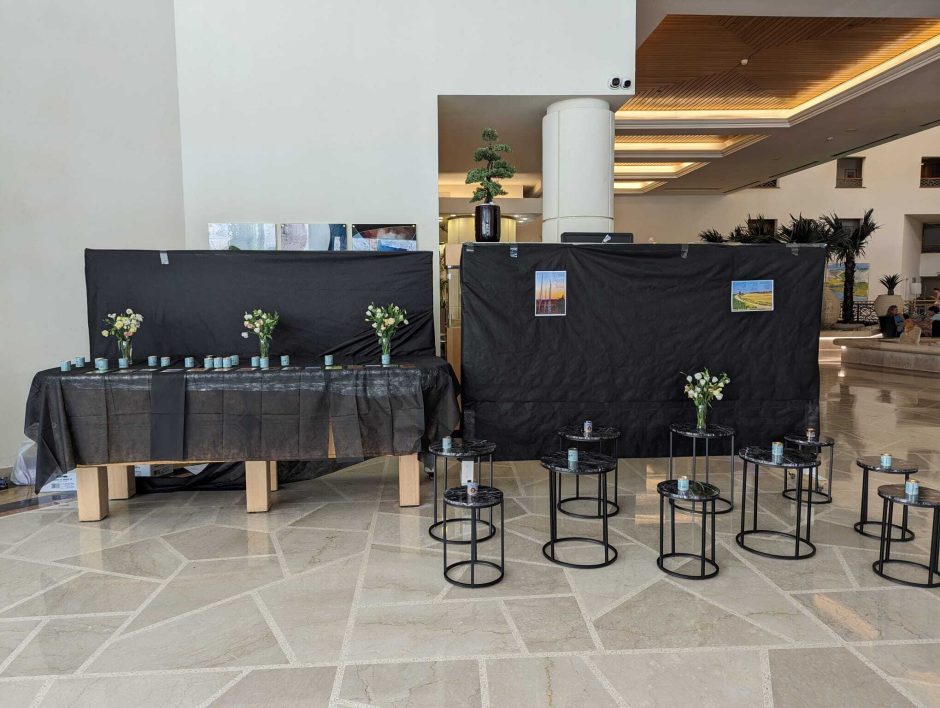
She explained how the Kibbutz Movement situation room supports more than 30,000 evacuees from southern cities and kibbutz communities from the western Negev and the northern border, who are hosted in more than 100 homes front kibbutzim throughout Israel.
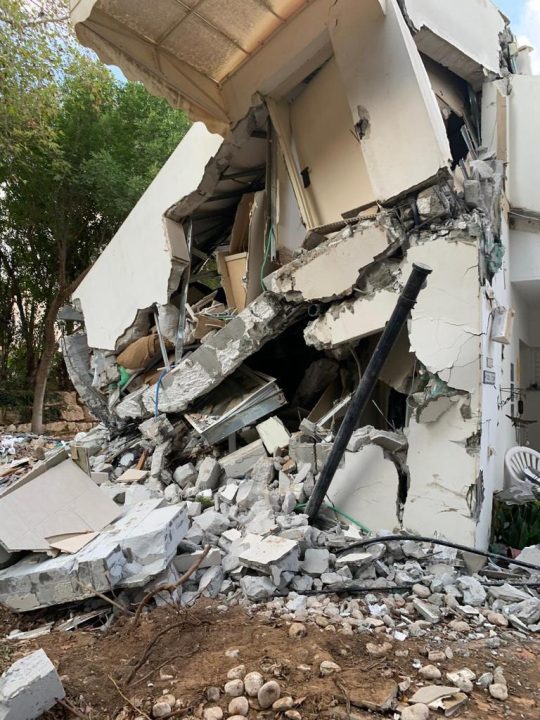
“The Kibbutz Movement’s emergency call centre coordinates and assists members, in co-operation with various volunteer organisations and business entities, in responding to the equipment needs of evacuees, providing mental health assistance and contact with wounded, hospitalised patients, respite activities for evacuees at the various sites and assistance in operating agricultural farms located in the affected area.
“As the days pass, the extent of the enormous destruction left behind by the massacre on 7 October becomes clear. Physical destruction of homes and structures, loss of life and displacement of entire kibbutzim from their homes,” said Niv. “More than 1,400 lost their lives. Babies and children, parents, grandparents, and entire families – three generations in some cases – were extinct. More than 200 are still missing, at least 30 children and 10-20 elderlies.”
Another one of their initiatives was establishing temporary kindergartens, with the help of local educational teams and volunteers from all over the country, to begin creating a supportive routine for children of displaced kibbutzim who have lost their homes and families.
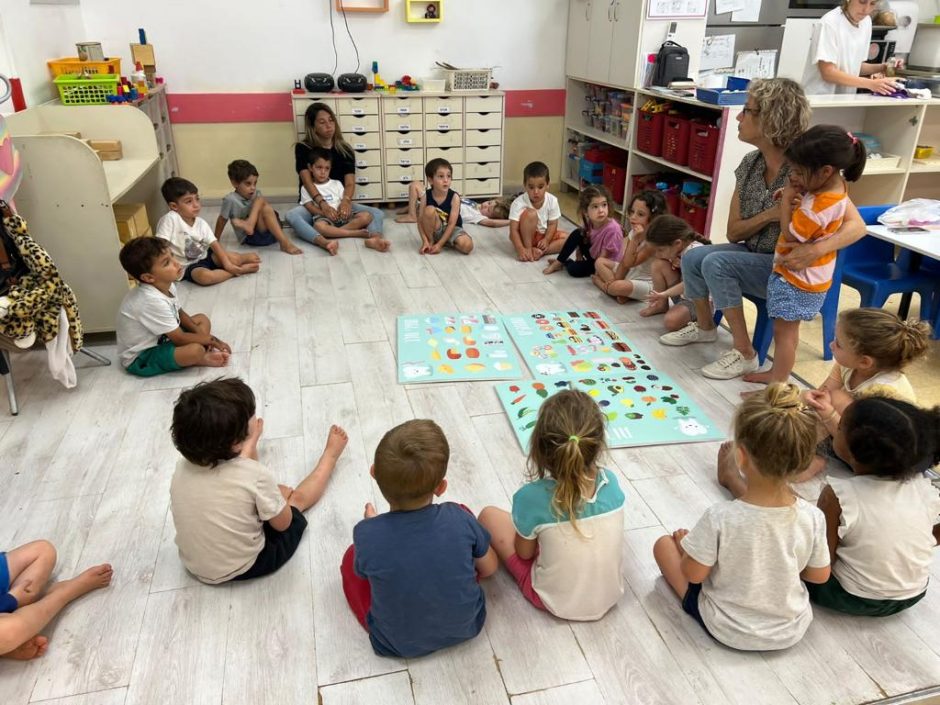
Social and educational activities for children and youth are also being organised with the help of volunteers while various respite activities are also held for communities that have lost their members.
“Alongside the emergency system, the kibbutz movement also leads strategic thinking for the ‘day after’ by formulating a vision and a strategic and operative plan for rebuilding the magnificent kibbutz heritage of the western Negev. The complex task of enabling the displaced to return to their homes, and rebuilding kibbutzim, requires mental, psychological, and organisational rehabilitation of kibbutz communities, kibbutz institutions and kibbutz members. We see that as our main task and obligation,” said Niv.
On 22 October Hamas released two US hostages, mother and daughter Judith and Natalie Raanan. The two had been captured on 7 October while staying at Kibbutz Nahal Oz in southern Israel.
Hamas has also released 85-year-old Yocheved Lifshitz and her neighbour and friend Nurit Cooper, 79, on 24 October. The two had been taken by Hamas gunmen from their home in kibbutz Nir Oz. Another 220 hostages are still still being held by Hamas.
Meanwhile, since the attack by Hamas, thousands of people in Gaza have been killed as a result of retaliatory Israeli airstrikes. According to the Health Ministry in Gaza, 4,651 Palestinians have been killed since the start of the war with Israel (figures from 22 October).
Related: Palestinian housing co-ops destroyed in Israeli air raids
On 13 October Israel told more than one million Palestinians to evacuate the northern regions of the Gaza Strip with immediate effect. The United Nations (UN) said it “strongly appeals for any such order, if confirmed, to be rescinded, avoiding what could transform what is already a tragedy into a calamitous situation”.
The World Health Organization director general has also called upon Israel to reverse its decision to order an evacuation, adding that the order was a “death sentence” for vulnerable patients.
According to the UN, the Gaza strip is home to 2.3 million people, 80% of whom depend on international aid.
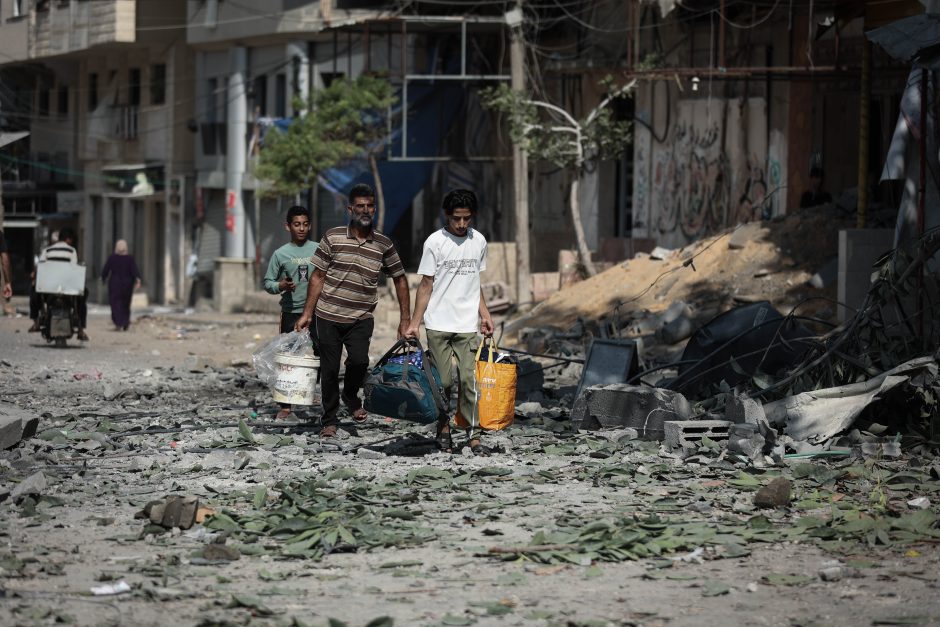
On 14 October the Israeli Defence Forces told people in the north of the Gaza Strip that between 10am and 4pm local time there would be two safe routes for them to move south.
Co-op News has contacted co-operatives and organisations doing co-operative development work in Gaza. Anyone with information about affected co-ops can contact [email protected].
This story was last updated on 24 October